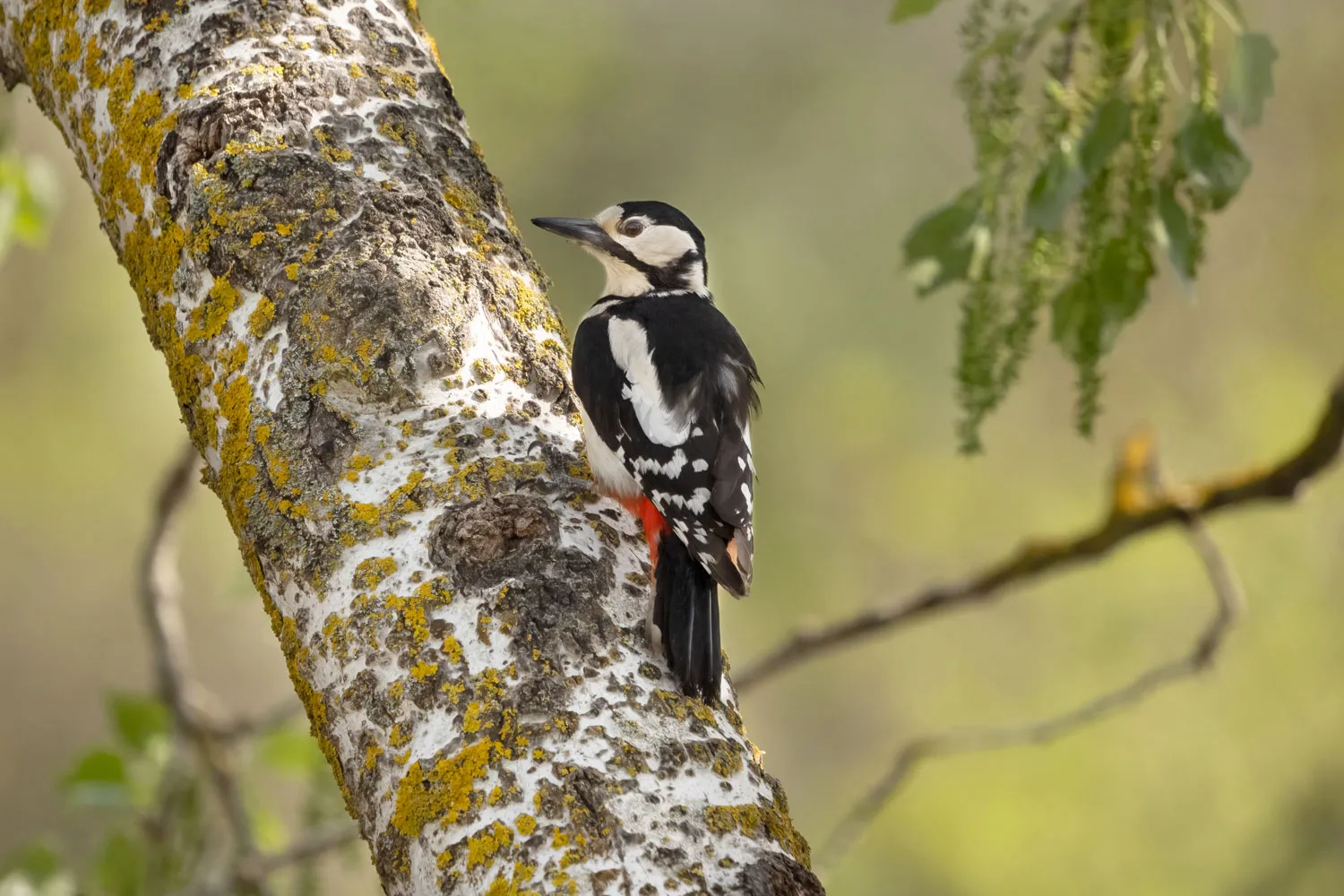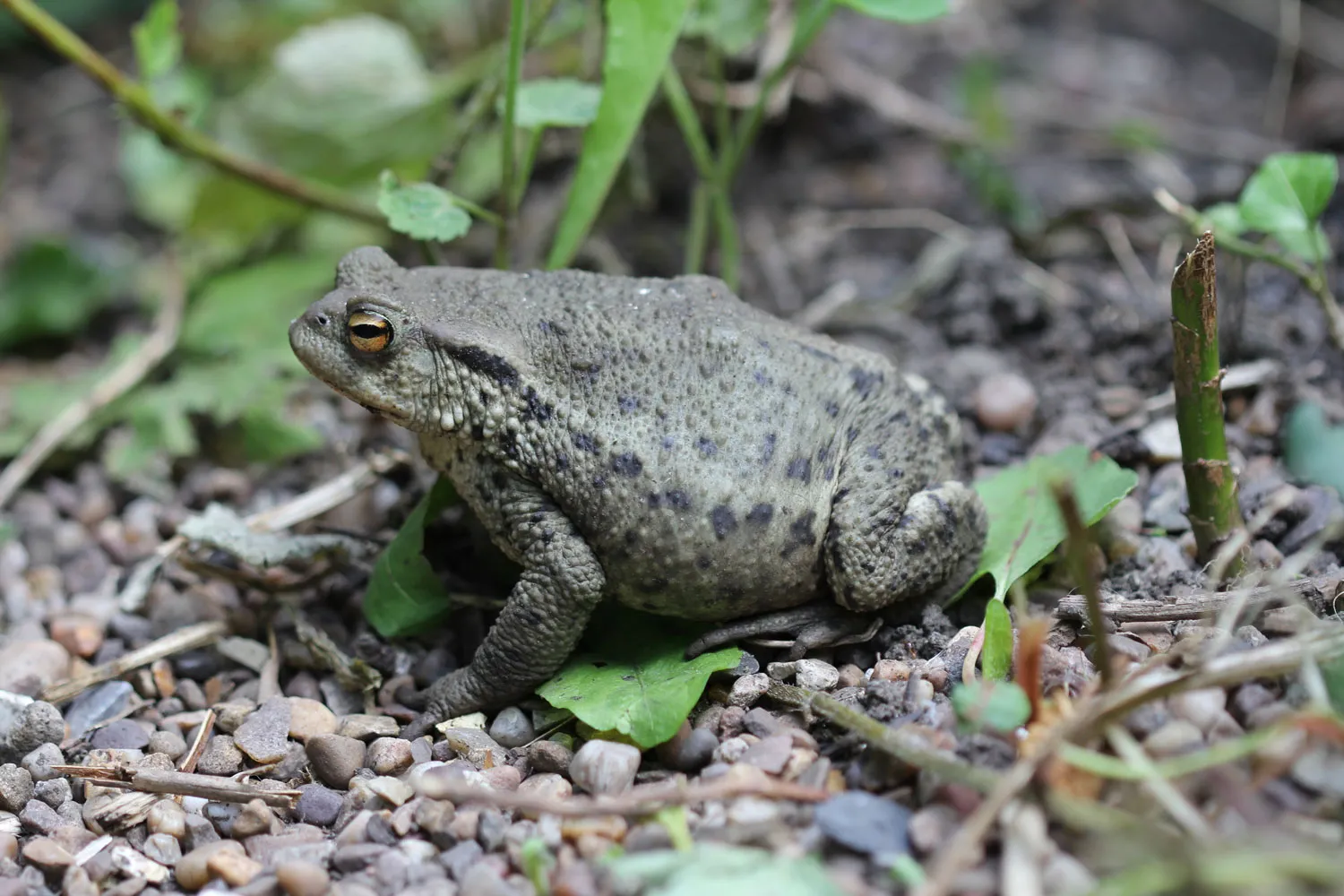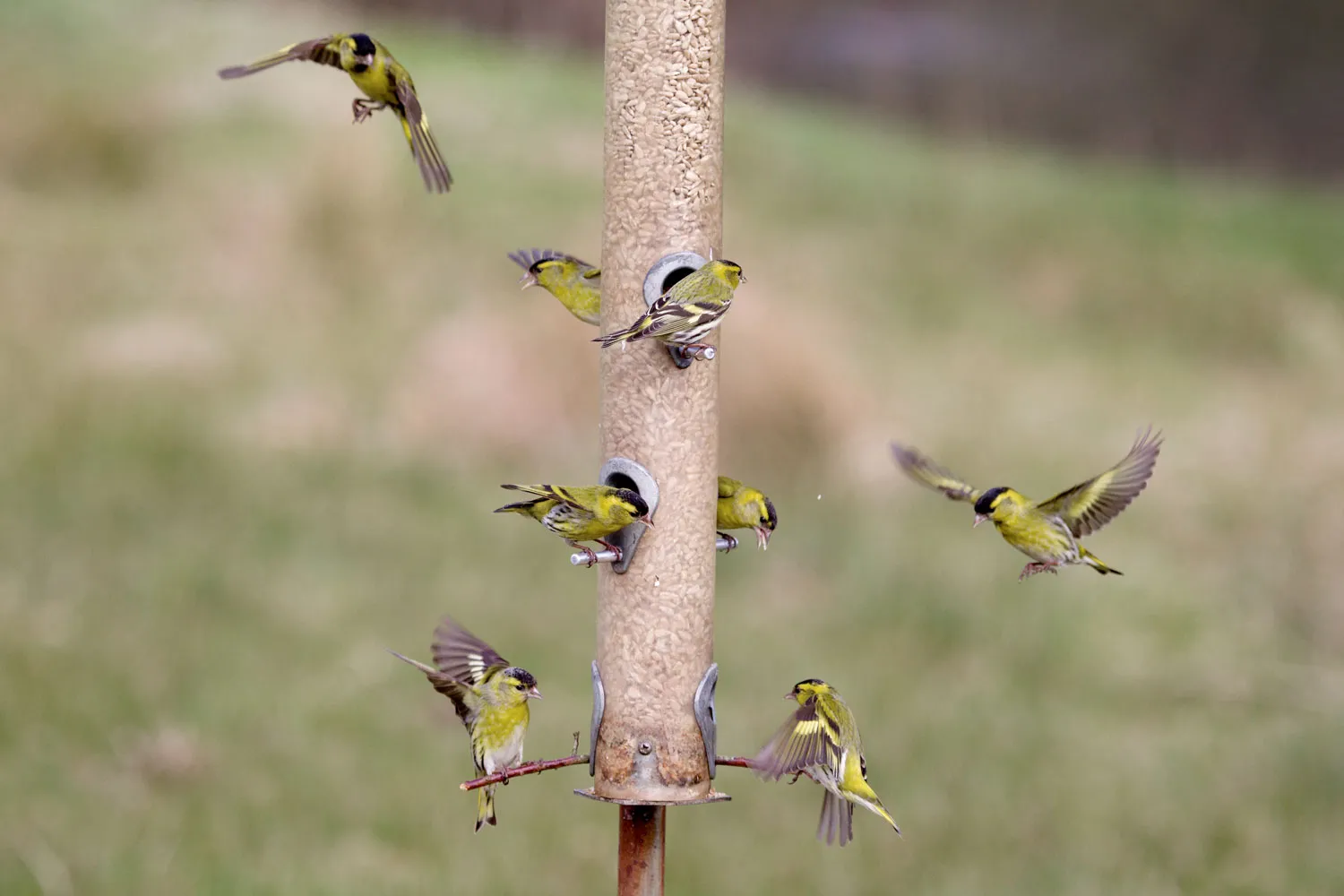The nature of BTO Garden BirdWatch, with its structured weekly recording and occasional one-off studies, means that we have a wealth of information on the birds and other wildlife that uses UK gardens. With over 10 million weekly submissions in our database, we are able to look at how the use of gardens changes, both seasonally and over the long term. We are also able to understand the factors that shape garden use, and explore how providing food for birds in our gardens affects their populations. Our research can be loosely grouped under the following headings.
Seasonality of garden use
It is evident from BTO Garden BirdWatch that many bird species have a distinct seasonal pattern to their use of gardens. The autumn trough in the use of gardens by Blackbirds is one of the most pronounced patterns, often commented upon by Garden BirdWatchers, but many others are also apparent. Examination of these patterns, sometimes alongside examination of patterns seen in other habitats, can improve our understanding of how and why birds use gardens. We know, for example, that Coal Tits and Siskins increase their use of garden feeding stations in years when the Sitka Spruce seed crop is poor (McKenzie et al. 2007).
Long-term trends
Most of the birds using our gardens are part of wider populations that occupy a broader range of habitats. While these broader populations are monitored through the Breeding Bird Survey, BTO Garden BirdWatch provides valuable information on what is happening within gardens. For some species, such as House Sparrow, Blackbird and Starling, gardens host a large component of the UK population, so the long-term trends for gardens provide valuable insight into the causes of population change. We are also able to provide long-term trends for the other taxa species that we monitor, such as we have done for butterflies (Plummer et al. 2023).
Predation, mortality and disease
Processes like predation and disease will often vary in their causal agents between habitats. For example, while birds nesting in gardens may be more exposed to predation by domestic Cats, those nesting in the wider countryside are more likely to face crows, Badgers and Weasels. Understanding the mortality agents operating within urbanised landscapes is another core component of our work. We have, for example, examined the impact of the disease trichomonosis in finches and found a link to the practice of feeding wild birds in gardens. This research is informing the advice that we are able to give on feeding garden birds.

Urbanisation
Growth in the numbers of houses across the UK, a process termed urbanisation, can impact biodiversity and it is important that we understand how the structure and composition of our urban areas affects birds and other species. This knowledge can be used to inform the design of future urban developments, reducing their impact on biodiversity and increasing the beneficial effects of access to nature for people. The structured information collected through BTO Garden BirdWatch provides a mechanism for exploring some of these impacts. We have, for example, been able to study the effects of street lighting on the activity patterns of garden birds, and to explore the types of garden features that determine which species will be present.
Supporting conservation assessments
Gardens may support populations of species considered to be of conservation importance – for example: Starling, House Sparrow and Song Thrush. Since the garden habitat can be difficult to monitor through other means, BTO Garden BirdWatchers provide a means of tracking the garden-based component of these wider breeding populations, as highlighted by the BTO Garden Nesting Survey. Garden BirdWatch data have also been used in Government Indicators for measuring the health of urban bird communities.
Looking at breeding success in urban landscapes
Demographic measures (such as clutch size, timing of nesting, etc.) of birds nesting in urban areas may differ from those seen in other habitats. With increasing levels of urbanisation, it is important to quantify and interpret any such differences in order to assess their implications for bird conservation. This is something that we have examined using BTO Garden BirdWatch data for House Sparrow.

Monitoring other taxa
Many BTO Garden BirdWatchers have a keen interest in other types of wildlife, which is why we also enable participants to records observations of visiting mammals, butterflies, dragonflies, bees and a few other species. The resulting data for these species provide some of the best information on garden use by these taxa in the UK. Find out more about our other wildlife data.
